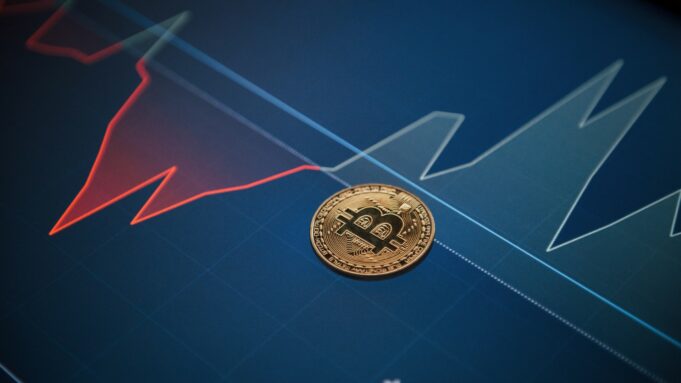Bitcoin is a digital currency that has been gaining popularity over the years. It is a decentralized currency that operates without the intervention of banks or any other financial institutions. Bitcoin is created through a process known as mining, which involves solving complex mathematical problems to validate transactions and add new blocks to the blockchain. In this article, we will look at what mining bitcoin involves and how it works.
What is Bitcoin Mining?
Bitcoin mining is the process of verifying transactions on the bitcoin network and adding them to the blockchain. The blockchain is a digital ledger that records all bitcoin transactions. Miners use powerful computers to solve complex mathematical problems to verify transactions and add them to the blockchain. Each block added to the blockchain contains a record of several transactions. Once a block is added to the blockchain, the transactions become permanent and cannot be reversed.
The process of mining bitcoin is not an easy task. It requires a significant amount of computing power and energy. Due to the complexity of the process, it is not possible for an individual to mine bitcoin using a regular computer. Instead, miners use specialized hardware designed specifically for mining.
How Does Bitcoin Mining Work?
Bitcoin mining involves solving complex mathematical problems to verify transactions and add them to the blockchain. The problems are designed to be difficult and time-consuming to solve, so miners need to use powerful computers to solve them. The computers used for mining are called mining rigs or mining machines.
The mining process involves a race between miners to solve the mathematical problem first. Once a miner solves the problem, they broadcast their solution to the network. The other miners then verify the solution and, if it is correct, add the block to the blockchain. The first miner to solve the problem and add the block to the blockchain is rewarded with newly minted bitcoins.
The reward for mining a block is currently 6.25 bitcoins. However, the reward is halved every 210,000 blocks, which occurs roughly every four years. This is known as the halving event. The next halving event is expected to occur in 2024, which will reduce the reward to 3.125 bitcoins per block.
The mining process is designed to be self-regulating. The difficulty of the mathematical problem adjusts automatically based on the computing power of the network. This ensures that the rate of block creation remains steady. The average time to mine a block is around 10 minutes.
Mining Pools
Mining bitcoin is not an easy task, and it requires a significant amount of computing power. As a result, individual miners may find it difficult to compete with larger mining operations. To overcome this, miners can join mining pools. Mining pools are groups of miners who combine their computing power to mine bitcoin together.
The rewards for mining are distributed among the members of the pool based on their contribution to the pool’s computing power. This ensures that even small miners can earn a share of the rewards. Mining pools have become increasingly popular in recent years, and some of the largest mining pools control a significant percentage of the bitcoin network’s computing power.
Energy Consumption
Bitcoin mining requires a significant amount of energy. The mining process consumes a lot of electricity, and this has led to concerns about its impact on the environment. In 2019, the total energy consumption of the bitcoin network was estimated to be around 73.12 terawatt-hours (TWh) per year. This is equivalent to the energy consumption of a small country like Austria.
The high energy consumption of bitcoin mining has led to criticism from environmentalists, who argue that it contributes to climate change. Some countries, such as China, have cracked down on bitcoin mining due to its high energy consumption.
Conclusion
Bitcoin mining is the process of verifying transactions and adding them to the blockchain. It requires a significant amount of computing power and energy. The mining process is designed to be self-regulating, and the difficulty of the mathematical problem adjusts automatically based on the computing power of the network. Miners can join mining pools to combine their computing power and earn a share of the rewards. However, the high energy consumption of bitcoin mining has led to concerns about its impact on the environment. Despite the challenges, bitcoin mining remains a lucrative industry, and the rewards for mining are expected to continue to attract new miners.

























